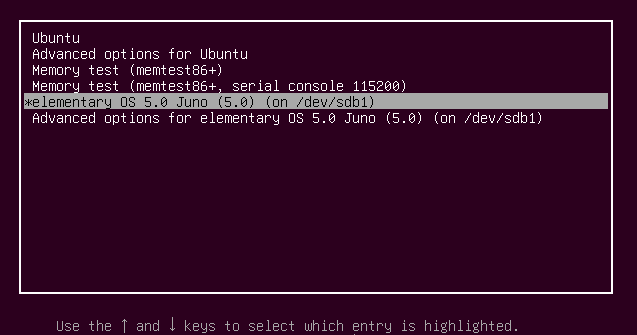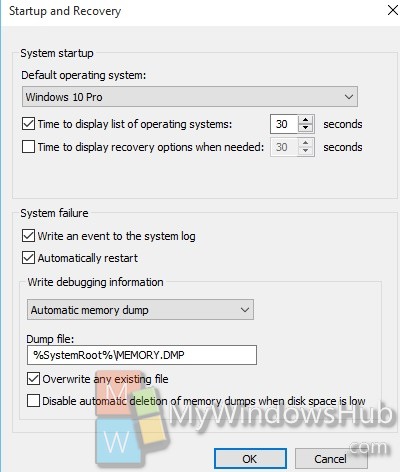


On the Choose an option screen, tap or click Troubleshoot.Under Advanced startup, tap or click Restart now.Under PC settings, tap or click Update and Recovery.(If you're using a mouse, point to the upper-right corner of the screen, move the mouse pointer down, click Settings, and then click Change PC settings.) Swipe in from the right edge of the screen, tap Settings, and then tap Change PC settings.If it is not selected, or if you would like to use a different mode, use the Arrow keys to select the correct mode and press Enter. When the Windows Advanced Options menu appears, the Safe Mode option should be pre-selected as the default. If you're not signed in to Windows, tap or click the power icon from the sign-in screen, hold the Shift key, and then tap or click Restart.There are two ways to get to the Windows Startup Settings screen in Windows 8 : When you are finished, restart the system and Windows will load normally.The computer will start in the mode you have chosen. Choose the correct one for your situation. Note: Typically, the modes you will use are Safe Mode or Safe Mode with Networking. If it is not selected, or if you would like to use a different mode, use the Arrow keys to select the correct mode.


Safe Mode allows you to troubleshoot computer problems. When you start your computer in Safe Mode, you are using the minimum resources and components to run Microsoft Windows.


 0 kommentar(er)
0 kommentar(er)
